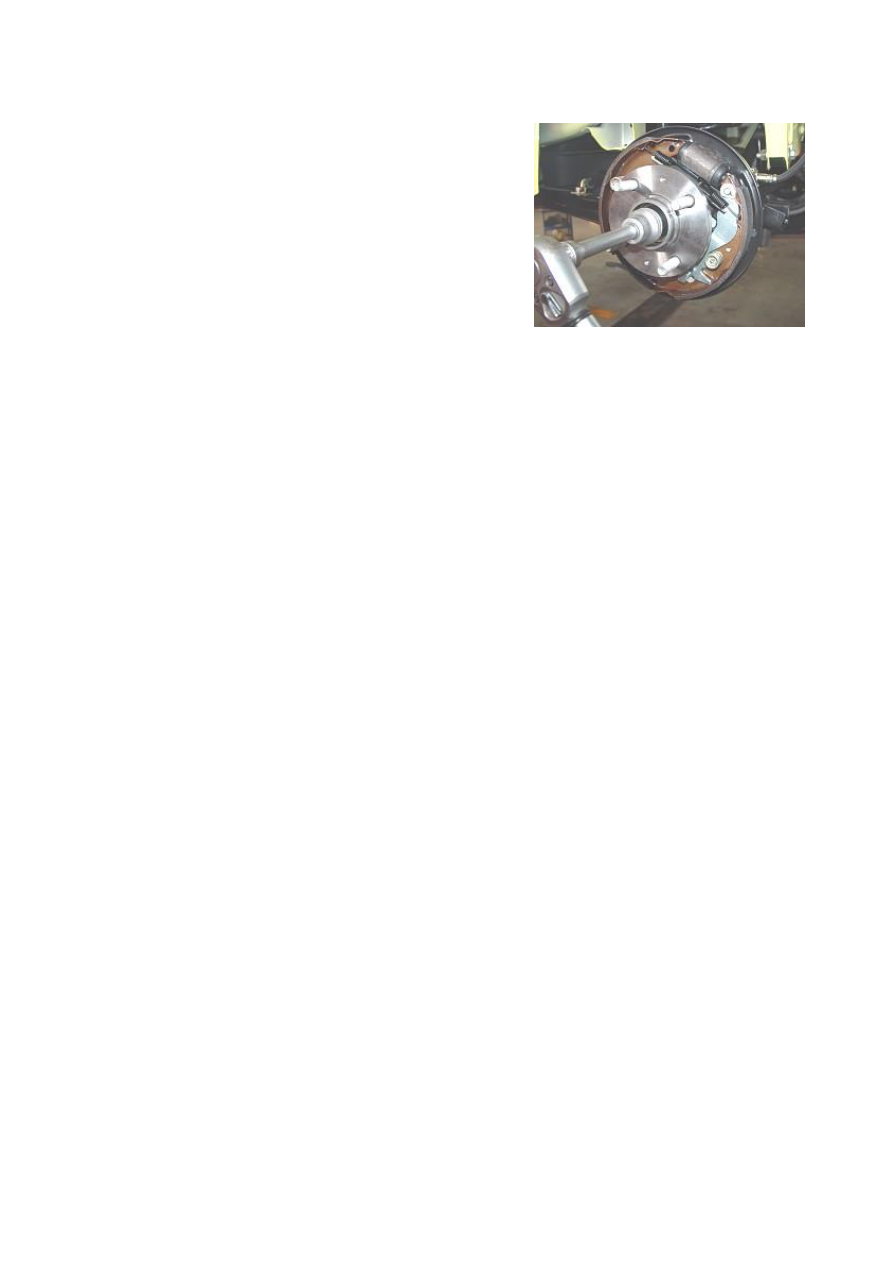Chery QQ6 (S21) / S12LHD. Manual - part 51

30
4.4.4 Remove the lock nuts from the rear brake with drum
assywith a 30# combination sleeve, and then take off the rear
brake with drum assy.
Torque: 180±10N.m
4.4.5 Remove the rear axle assy.
5. Installation Step
The installation step is reverse to that of removal.